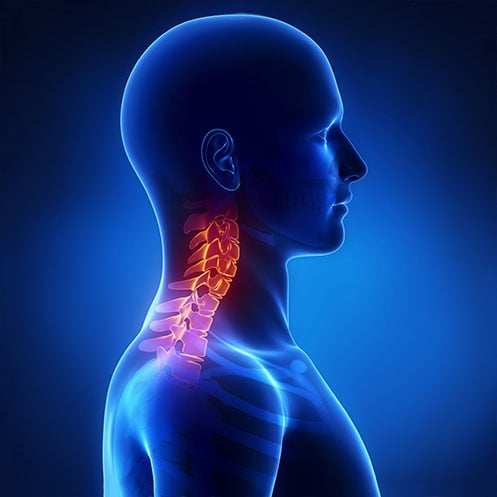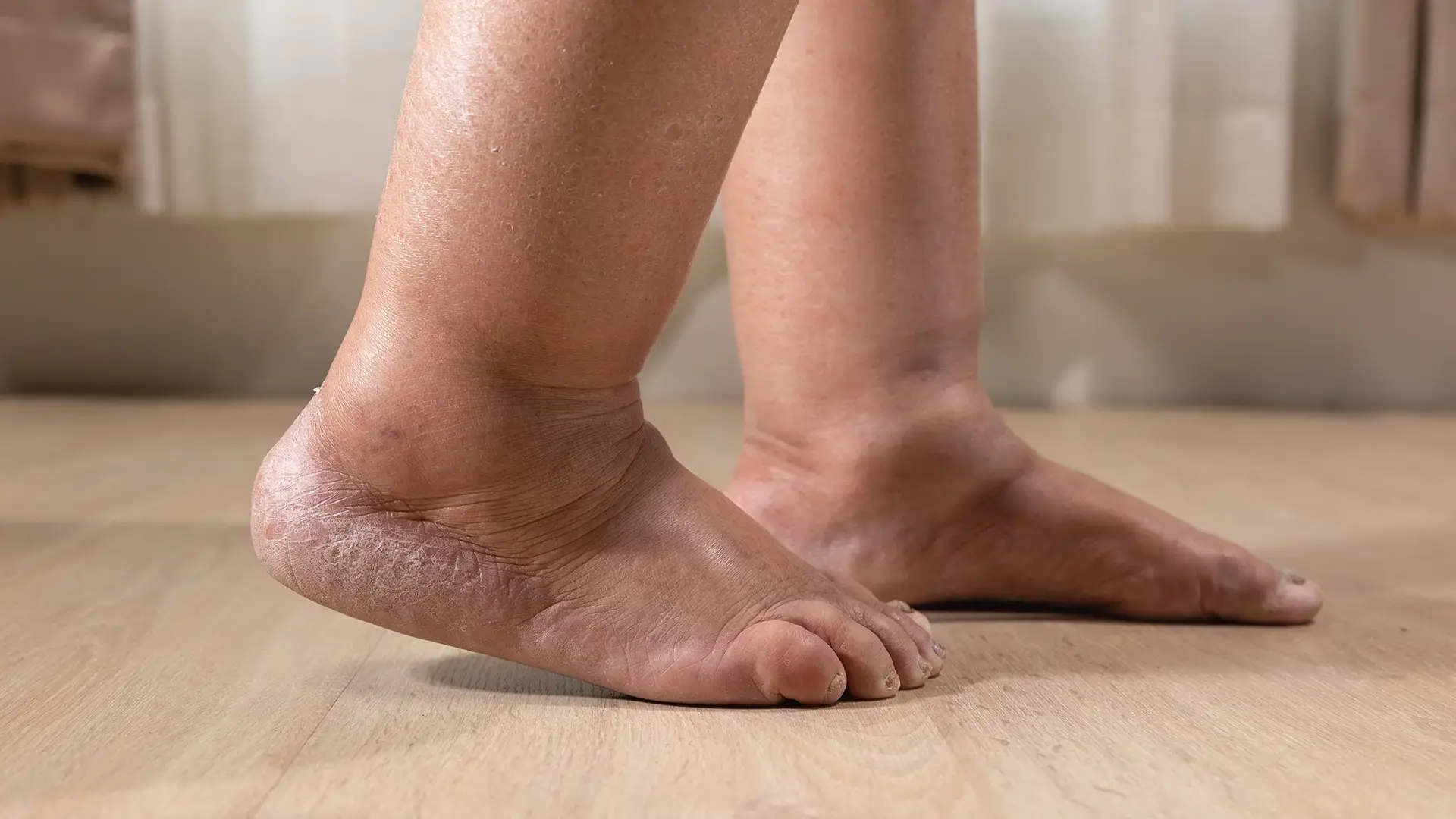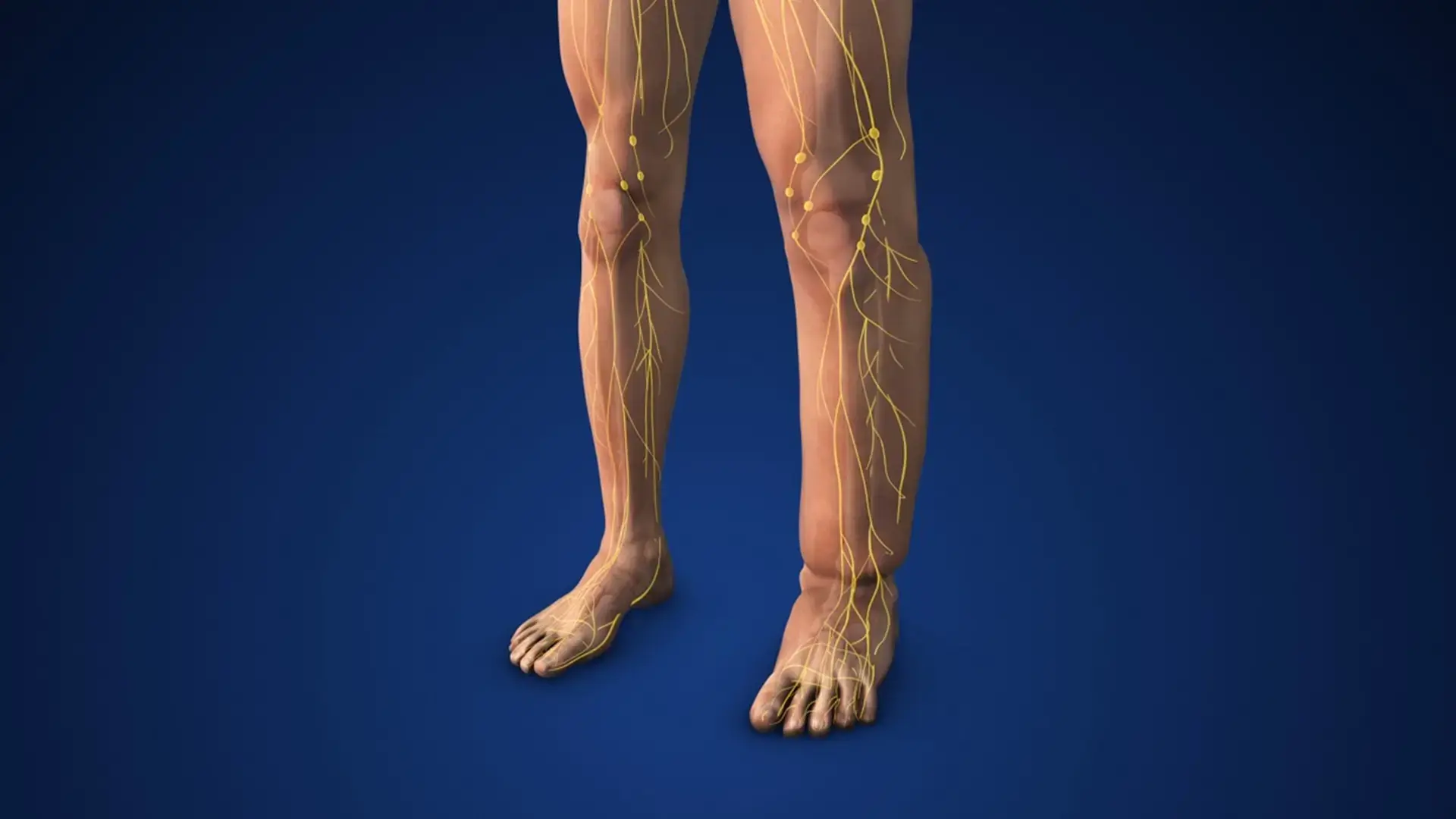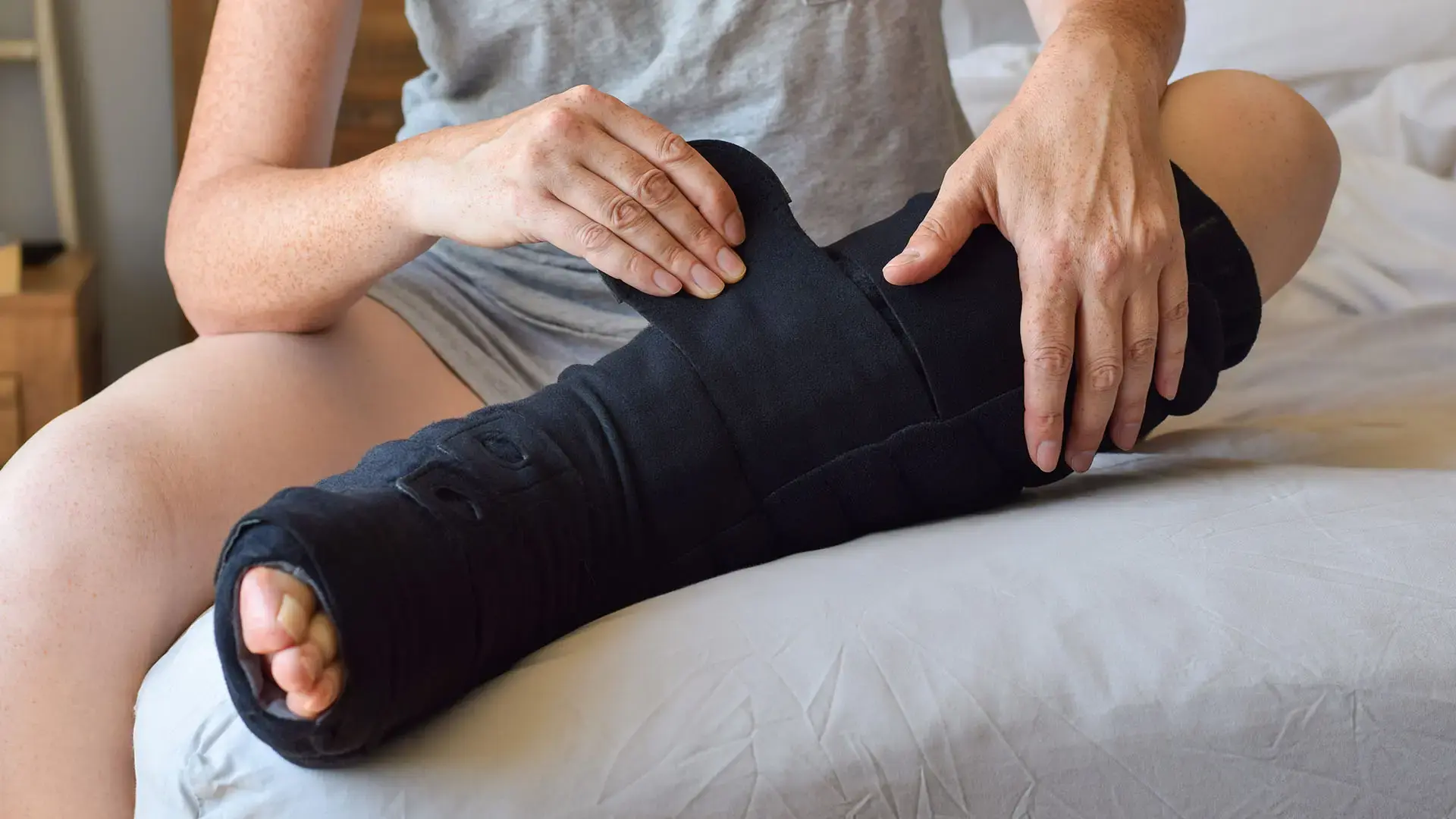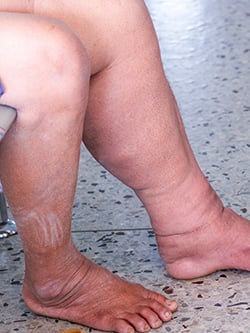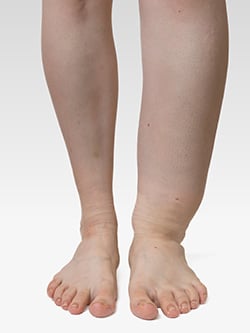9 Tips for Traveling with Lymphedema
Living with lymphedema can be challenging. From compression garments and loose, carefully selected clothing to the preparation involved in daily tasks, lymphedema impacts nearly every aspect of one’s life. For many, simply leaving the house can feel stressful.
Lymphedema is a chronic condition that affects millions of people worldwide – and those living with this condition often feel held back from doing many things, including traveling. After all, lymphedema doesn't take a vacation just because you do.
Russell Ashinoff, MD, FACS, double board certified in both general and plastic and reconstructive surgery, explains, “Changes in your daily routine when traveling can make it more difficult to manage the symptoms of lym phedema.”
However, Dr. Ashinoff encourages anyone with lymphedema to continue living life as normally as they can. “With a little preparation, you can still see the world while managing lymphedema,” the surgeon at at The Institute for Lymphatic Surgery and Innovation at The Institute for Advanced Reconstruction shares.
So, whether you’re planning a quick weekend getaway or a grand adventure abroad, here are 9 tips to help you travel comfortably and safely with lymphedema.
Tip #1: Consult with Your Doctor Before the Trip
Your doctor knows the details of your specific condition and can make personalized recommendations for your trip, such as booking a seat with extra leg room on a flight. They can also suggest preventative measures to reduce unnecessary risks or infections. If you haven’t yet traveled with lymphedema or it’s been a while, consulting with your doctor is a good first step in your trip planning.
Tip #2: Consider the Advantages of Each Travel Method
Whether traveling by plane, car, train, or boat, each method presents its advantages and disadvantages. Traveling by car, for example, may take longer, but it allows you to get out and move whenever needed, which can help reduce discomfort.
On the other hand, traveling by plane will get you to your destination faster but with fewer opportunities to move around and, therefore, a higher likelihood of discomfort along the way. Knowing the advantages and disadvantages of each method can help ensure you’re prepared accordingly.
Tip #3: Stay Hydrated
As with any travel plan, be sure to drink plenty of water throughout your journey.. Avoiding alcohol and caffeine can also help manage lymphedema swelling as they contribute to dehydration.
Tip #4: Dress in Layers for Comfortable Travel
Many people choose to dress comfortably while traveling, but for those with lymphedema, it is important to make sure you are comfortable. Opt for loose, non-restrictive clothing that won't create a point of compression that can exacerbate lymphedema symptoms.
Tip #5: Schedule Breaks for Regular Movement and Stretching
Taking frequent breaks to move around and stretch is good advice for anyone traveling, regardless of which method they’ve chosen to arrive. Doing so helps stimulate lymph flow, promote circulation, and reduce the risk of swelling. This, in turn, helps mitigate any discomfort or pain associated with lymphedema.
Tip #6: Pack Compression Garments when Traveling
If compression garments are part of your lymphedema toolkit, then be sure to bring them during your travels, especially on flights. The pressure changes in airplane cabins as the plane increases and decreases in elevation can exacerbate swelling, so proper compression is crucial.
Tip #7: Protect Your Skin from Irritation, Bites or Sores
When traveling, the last thing you need is an infection, especially on or around an area affected by lymphedema. For this reason, it’s crucial to use sunscreen, compression garments, and insect repellent to prevent sunburn, bug bites, and any other potential irritants that can increase the risk of infection.
If you’re traveling to a place you’ve never been, it may also be helpful to do some research ahead of time to find out what insects and other irritants are common to that area.
Tip #8: Pack Emergency Lymphedema Supplies
Do you have extra compression garments, bandages, moisturizers, and lymphedema sleeves? Bring them, and keep a few in your carry-on, too, if you’re flying. You never know if your checked bag with these essentials might be lost or late. “It's better to be over-prepared than caught short,” Dr. Ashinoff advises.
Tip #9: Keep Medications Easily Accessible
With any condition, it's good to keep your medications where you can access them easily whenever needed. This might be a day bag, purse, backpack, or other travel bag you’ll have with you most of the time. If you’re flying, be sure to keep essential medications with you in your carry-on, along with your emergency lymphedema supplies.
Get Travel-Ready and On Your Way—Schedule a Consultation Today
Lymphedema doesn’t have to hold you back from exploring the world. “If you’re living with lymphedema and have a destination in mind, the first step to take is to schedule a consultation with an experienced lymphedema surgeon,” assures Dr. Ashinoff.
At The Institute, we utilize four basic types of lymphedema surgery and a variety of advanced techniques tailored to a specific patient’s history and goals. From lymphaticovenous anastomosis (LVA) surgery to improve fluid drainage and vascularized lymph node transfer for lymph non-functioning nodes, to lymphedema liposuction and mass excision to remove excess fat or mass, our surgeons will find the surgical treatment that’s right for you.
If you’re ready to explore lymphedema treatments and travel options, contact Dr. Ashinoff and the care team at The Institute for Lymphatic Surgery and Innovation, part of The Institute for Advanced Reconstruction, for a consultation today.
Call 855-980-6981 for a consultation.
